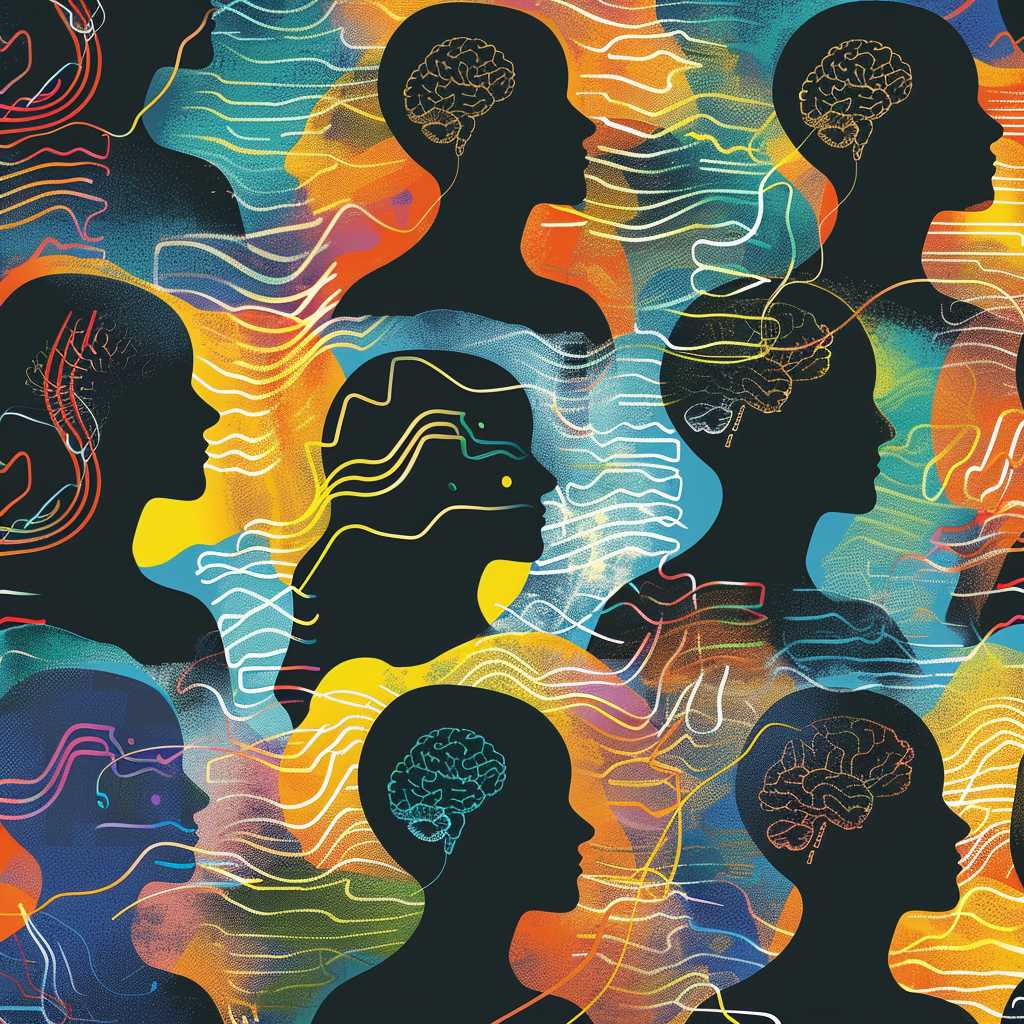Understanding the Complex Phenomenon of Havana Syndrome: A Deep Dive into Theories, Responses, and Implications
Introduction to Havana Syndrome
Havana Syndrome is a set of medical symptoms and ailments reported first by American and Canadian embassy staff in Havana, Cuba, starting in late 2016. These individuals experienced a strange assortment of neurological disorders which included hearing loss, dizziness, tinnitus, visual problems, headaches, fatigue, cognitive difficulties, and trouble with balance and sleeping. As investigations proceeded without conclusive evidence, the term “Havana Syndrome” became associated with not just the incidents in Cuba but also similar occurrences in different parts of the world that affected U.S. diplomats and intelligence officers.
The Venice Syndrome Reported in Russia Case
In relation to Russia, allegations have surfaced from U.S. officials who claim they experienced symptoms very similar to the so-called “Havana Syndrome” while on duty in Russia as early as 2017. These reports heightened concerns about antagonistic activities possibly involving surveillance equipment or electronic warfare tools targeting Americans abroad.
Medical Symptoms and Experiences of Sufferers
A significant number of the afflicted have reported hearing a loud grinding or ringing noise before experiencing other symptoms. The acute onset and the range of effects led to a growing assertion that these cases might involve something more than stress-induced psychogenic illness. Some officials reportedly suffered long-term debilitations, rendering them unable to continue their professional duties.
Investigative Efforts and Theories
U.S. agencies including the CIA, State Department, and Department of Defense initiated multiple investigations, gathering data on the incidents and exploring possible causes. Scientific research was launched to determine whether a weapon could induce such an array of disparate symptoms.
Theories proposed ranged from microwave radiation attacks and ultrasonic weapons to psychological operations and mass psychogenic illness. Microwave theory suggested focused electromagnetic energy being directed at targeted individuals. The Russian government categorically denied any involvement in these incidents.
International Impact and Responses
Global awareness reached high-level diplomatic dialogues. Afflicted embassy staff around the world not only reported medical disorders but also noted sometimes lengthy waits for treatment and recognition of their illnesses by authoritative institutions. Under public and legislative pressure back home, the U.S. government eventually expanded medical services for suffering personnel.
Moreover, policymakers deliberated over appropriate responses to presumed attacks regarding systems for reporting incidents and plans for ensuring safety for foreign-service members. Yet without clear evidence attributing responsibility for the supposed attacks, crafting diplomatic or security policy responses has posed significant challenges.
Impacts on US-Russia Relations
The lingering uncertainties surrounding these incidents complicted already-strained U.S.-Russia relations amidst divergent political interests, cyber activities, election interference allegations, military exercises in Eastern Europe, and engagements in Syria. Some analysts worried that a firm accusatory stance without indisputable proof could exacerbate tensions further.
Scientific Working Group on Anomalous Health Incidents
The Biden administration established a scientific review panel composed of external experts who review data on health incidents among intelligence officers and diplomats abroad in Russia and elsewhere. This inter-agency task force aimed to examine potential threats carefully and coordinate between departments decisively when dealing with these peculiar security concerns.
